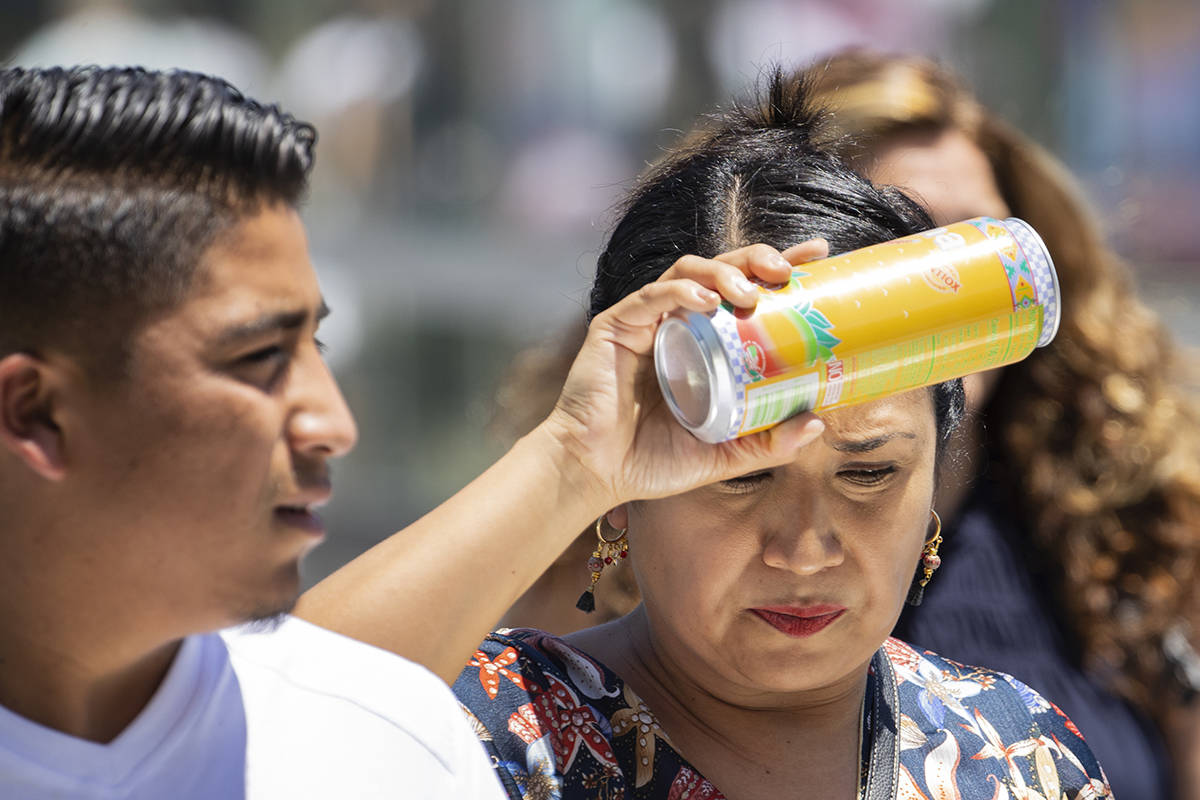EDITORIAL: When it’s needed most, green energy can’t keep up
An over-reliance on renewable energy could one day have deadly consequences.
Last weekend was hot. On Saturday, Las Vegas tied its all-time high, hitting 117 degrees for the fifth time. For those inclined to discern statistical trends in individual weather events, it’s worth remembering that such a high temperature was first recorded here in 1942.
Extreme temperatures can be deadly. A record-setting heat wave hit the Pacific Northwest late last month. Portland hit 116 degrees. Seattle reached 108. In Vancouver, British Columbia, humidity made the high temperatures feel hotter than 100 degrees.
Preliminary reports connected that heat wave with more than 500 deaths, including 60 people in Oregon and more than 450 people in Vancouver. Many of the deceased didn’t have air conditioning.
The Las Vegas-area is much better prepared to deal with high temperatures. Residents frequently experience extreme heat. Nearly everyone has air conditioning. Indeed, modern Las Vegas wouldn’t exist without it.
But air conditioning works only when electricity is available to power it. That wasn’t a sure thing last weekend. “We are urging customers to conserve energy (Saturday and Sunday) from 6 to 9 p.m.,” a Twitter post from NV Energy read. Another post encouraged customers to “adjust the thermostat to 78 degrees or higher to reduce the use of air conditioning.” It urged people to “pre-cool your homes prior to 6 p.m.” It also asked people not to charge their electric vehicles during that time.
Fortunately, Las Vegas didn’t run out of power — this time. But there will be a next time.
Before that dreary day comes, it’s worth asking what is going on. Requests such as this aren’t unique to Nevada. Power companies across the country have resorted to begging customers not to use their product during heat waves. In California last summer, hundreds of thousands of people lost power during rolling blackouts.
Power generation isn’t a new technology. Third World countries should be dealing with blackouts from supply shortages, not the world’s largest economy.
The culprit is an over-reliance on renewable energy, which simply is not yet technologically ready to carry the load. Solar energy doesn’t produce as much power in the early evening and after the sun sets. Solar and wind power can fluctuate based on the weather. As states, including Nevada, increase their renewable portfolio standards, these difficulties are likely to multiply. For 2021, Nevada’s RPS is 24 percent. In 2030, it’s 50 percent.
Nevada voters approved these renewable energy standards. But such policies may be significantly less popular once the public realizes they’re accompanied by rolling blackouts.

















